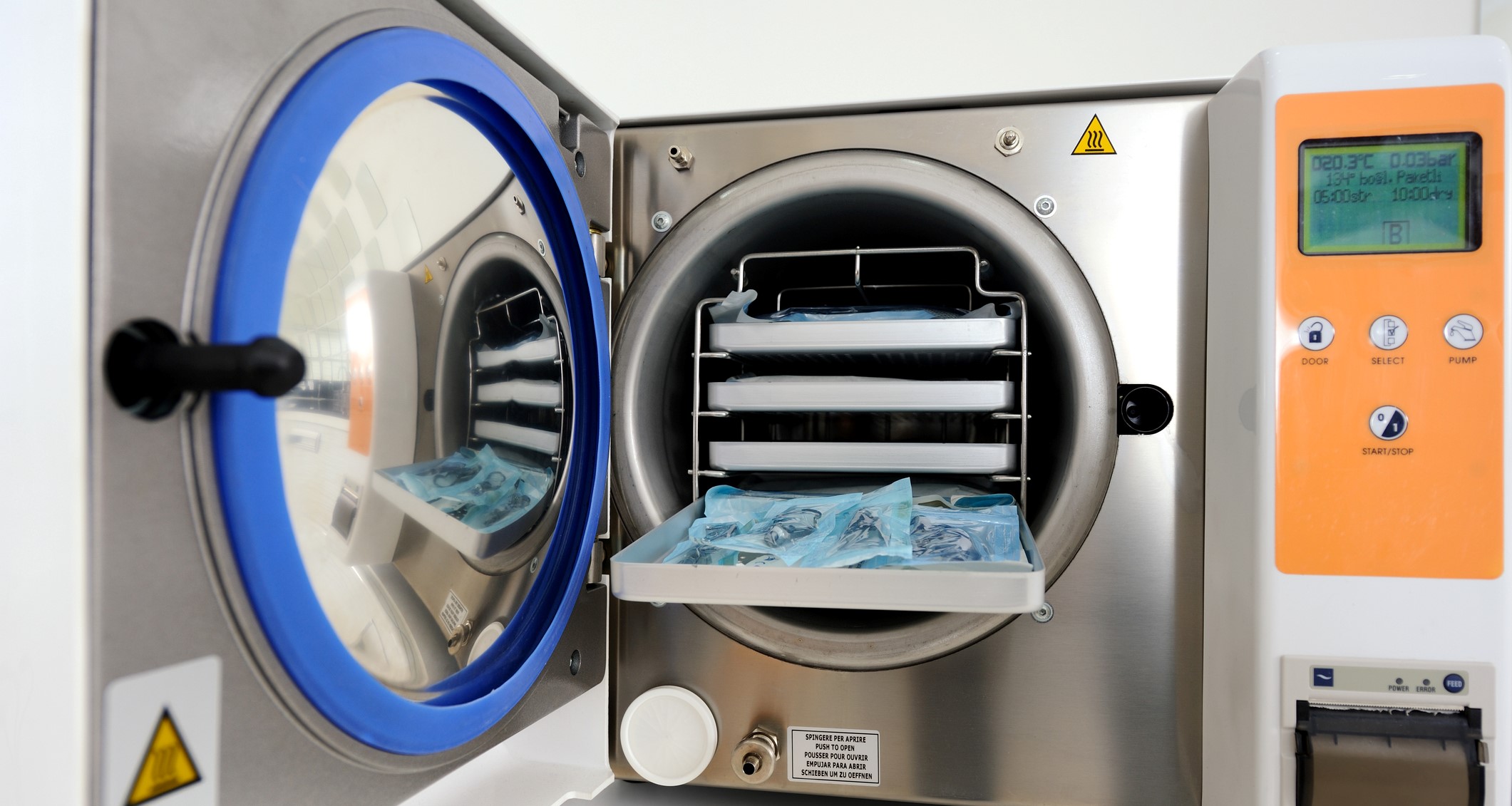New guidance on parametric release for ethylene oxide sterilization

PD ISO/TS 21387:2020 issued to provide additional information
EN ISO 11135 - Sterilization of health-care products — Ethylene oxide — Requirements for the development, validation and routine control of a sterilization process for medical devices – specifies requirements, and provides guidance, for development, validation and routine control of ethylene oxide (EO) sterilization processes. EN ISO 11135 was published in 2014 and an amendment to the standard was adopted in 2019.
Biological indicator (BI) release is the term used for assessing the adequacy of a validated sterilization cycle with a requirement for no growth of BIs exposed in that cycle. Parametric release is the declaration of adequacy of routine processing for a validated sterilization process based solely on measurement and recording of the process parameters rather than results of the incubation of BIs that have been exposed to the process. There is currently significant interest in reducing emissions of ethylene oxide to the environment. Optimising ethylene oxide sterilization cycles can be one element in reducing the amount of ethylene oxide used. In turn, implementing parametric release can be a component of such process optimisation.
PD ISO/TS 21387:2020 - Sterilization of medical devices — Guidance on the requirements for the validation and routine processing of ethylene oxide sterilization processes using parametric release - is intended to be used in conjunction with ISO 11135. PD ISO/TS 21387 is an informative document and does not include any requirements. It provides additional guidance but neither amends nor supplements the requirement in EN ISO 11135.
PD ISO/TS 21387 provides guidance on the requirements of EN ISO 11135 that apply when parametric release is used to release the product after exposure to the sterilization process. It is intended to:
- support the transition of existing cycles using BI release to parametric release;
- guide development and implementation of parametric release for a new ethylene oxide sterilization cycle; and,
- highlight the importance and interrelationship of other process factors, such as load configuration and equipment performance, that influence reproducibility of an ethylene oxide sterilization process.
The document follows the same structure as EN ISO 11135 and, for ease of reference, the clause numbering follows that in the normative parts of that document.
The guidance in PD ISO/TS 21387 provides information on topics including:
- instrumentation for monitoring and recording temperature, humidity and ethylene oxide concentration;
- monitoring the process parameters during installation qualification, operational qualification and performance qualification; and,
- the importance of density, composition and configuration of the load, including variables such as package size, package weight, materials and pallet density;
Informative Annex A to PD ISO/TS 21387 discusses the possibility of introducing parametric release for an ethylene oxide process that has been using BI release, based on the analysis of data recorded during routine use of that process. It is recommended that at least one microbiological performance qualification cycle is performed. This cycle should be run at the minimum specification of one or more set points of the process specification to demonstrate that the process delivers the required microbial inactivation.
Manufacturers using ethylene oxide sterilization, as well as contractors providing ethylene oxide sterilization services, will be interested in reviewing PD ISO/TS 21387, particularly if they are using parametric release or have an interest in adopting it in future.
Author: Eamonn Hoxey, of E V Hoxey Ltd, UK, is a writer, trainer and consultant on a range of life science areas including regulatory compliance, quality management, sterility assurance and standards development
The Compliance Navigator blog is issued for information only. It does not constitute an official or agreed position of BSI Standards Ltd or of the BSI Notified Body. The views expressed are entirely those of the authors.

